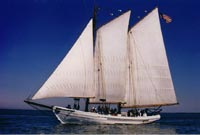
A.J. Meerwald
Two fine schooners are looking for crew. The A.J. Meerwald is looking for various crew and staff positions. A.J. Meerwald was built in 1928 as a Delaware Bay oyster schooner and is New Jersey’s official Tall Ship. A.J. Meerwald is operated by the Bayshore Center at Bivalve for onboard educational programs in the Delaware Bay near Bivalve, and at other ports in the New Jersey, Pennsylvania, and Delaware region. They are looking for a Shipboard Program Coordinator, an Assistant Shipboard Program Coordinator, a Chief Mate, a Cook, Educator/Deckhands and Spring, Summer & Fall Interns. Click here to learn more.
In New York State, the Lake Champlain Maritime Museum has numerous crew positions open aboard the replica 1862 Canal Schooner Lois McClure. Based on the archaeological remains of shipwrecks Lois McClure was built and launched in Burlington, Vermont. For the past 13 years she has been traveling the northeast, interpreting the shared history along the inland waterways. From the museum’s job posting: Continue reading

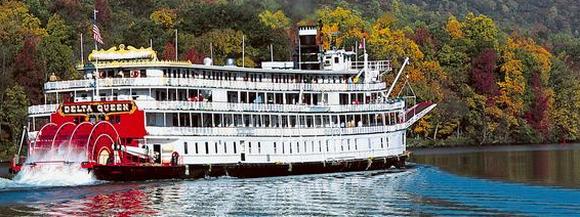 Is the classic 1927-built stern-wheel steamboat
Is the classic 1927-built stern-wheel steamboat 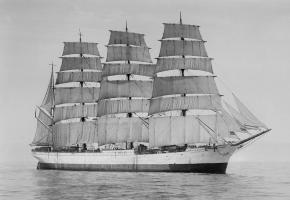 Given that so much of what is happening in the world today seems like a shipwreck, it seems appropriate to post a very well done short documentary of the wreck of the great four-masted steel barque the Herzogin Cecilie, which grounded off south Devon on April 25, 1936, the last windjammer to be wrecked on the English coast.
Given that so much of what is happening in the world today seems like a shipwreck, it seems appropriate to post a very well done short documentary of the wreck of the great four-masted steel barque the Herzogin Cecilie, which grounded off south Devon on April 25, 1936, the last windjammer to be wrecked on the English coast.
 Recently, a
Recently, a  I read
I read 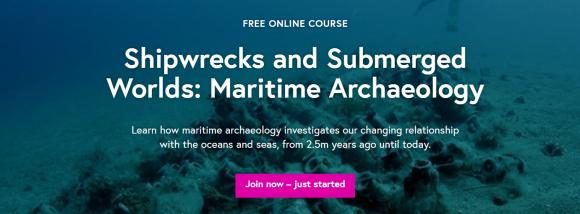

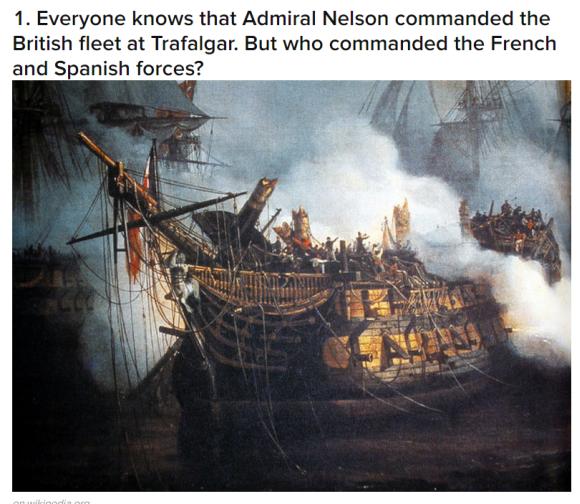
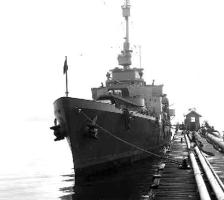 Seventy five years ago today, the USCG Cutter
Seventy five years ago today, the USCG Cutter  You may not necessarily know his name, but if you have been reading yachting magazines over the years, his cartoons probably brought a smile to your face. British cartoonist
You may not necessarily know his name, but if you have been reading yachting magazines over the years, his cartoons probably brought a smile to your face. British cartoonist 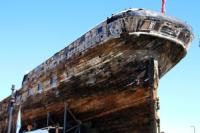 In February 2014, the City of Adelaide, the world’s oldest surviving composite clipper ship, returned to her namesake city. Now almost three years later,
In February 2014, the City of Adelaide, the world’s oldest surviving composite clipper ship, returned to her namesake city. Now almost three years later, 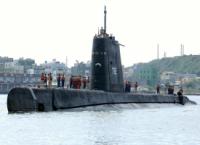 Taiwan is now operating the two oldest submarines in service in the world, the 72 year old SS-791
Taiwan is now operating the two oldest submarines in service in the world, the 72 year old SS-791 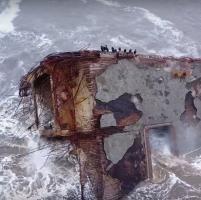 Over the weekend, winter storm Kori sent record high waves smashing into the California coast. The National Weather Service said a new wave record was set as the Monterey Bay buoy recorded 34-foot waves. At Seacliff State Beach in Aptos, California, the
Over the weekend, winter storm Kori sent record high waves smashing into the California coast. The National Weather Service said a new wave record was set as the Monterey Bay buoy recorded 34-foot waves. At Seacliff State Beach in Aptos, California, the  We understand that writer Douglas Reeman has died at this home in Cobham, Surrey, at the age of 92. Reeman, perhaps best know for the novels written under the pen-name Alexander Kent, wrote close to 60 books and has left an indelible mark on the literature of the sea.
We understand that writer Douglas Reeman has died at this home in Cobham, Surrey, at the age of 92. Reeman, perhaps best know for the novels written under the pen-name Alexander Kent, wrote close to 60 books and has left an indelible mark on the literature of the sea. 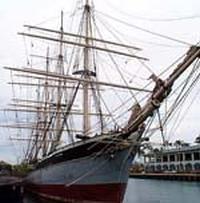 A UK member of parliament from Glasgow, Scotland has joined in the effort to save the endangered historic sailing ship
A UK member of parliament from Glasgow, Scotland has joined in the effort to save the endangered historic sailing ship 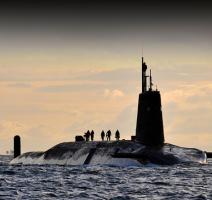 Last June, the Royal Navy submarine
Last June, the Royal Navy submarine  The latest observations from the US National Snow & Ice Data Center in Boulder, say that the extent of
The latest observations from the US National Snow & Ice Data Center in Boulder, say that the extent of